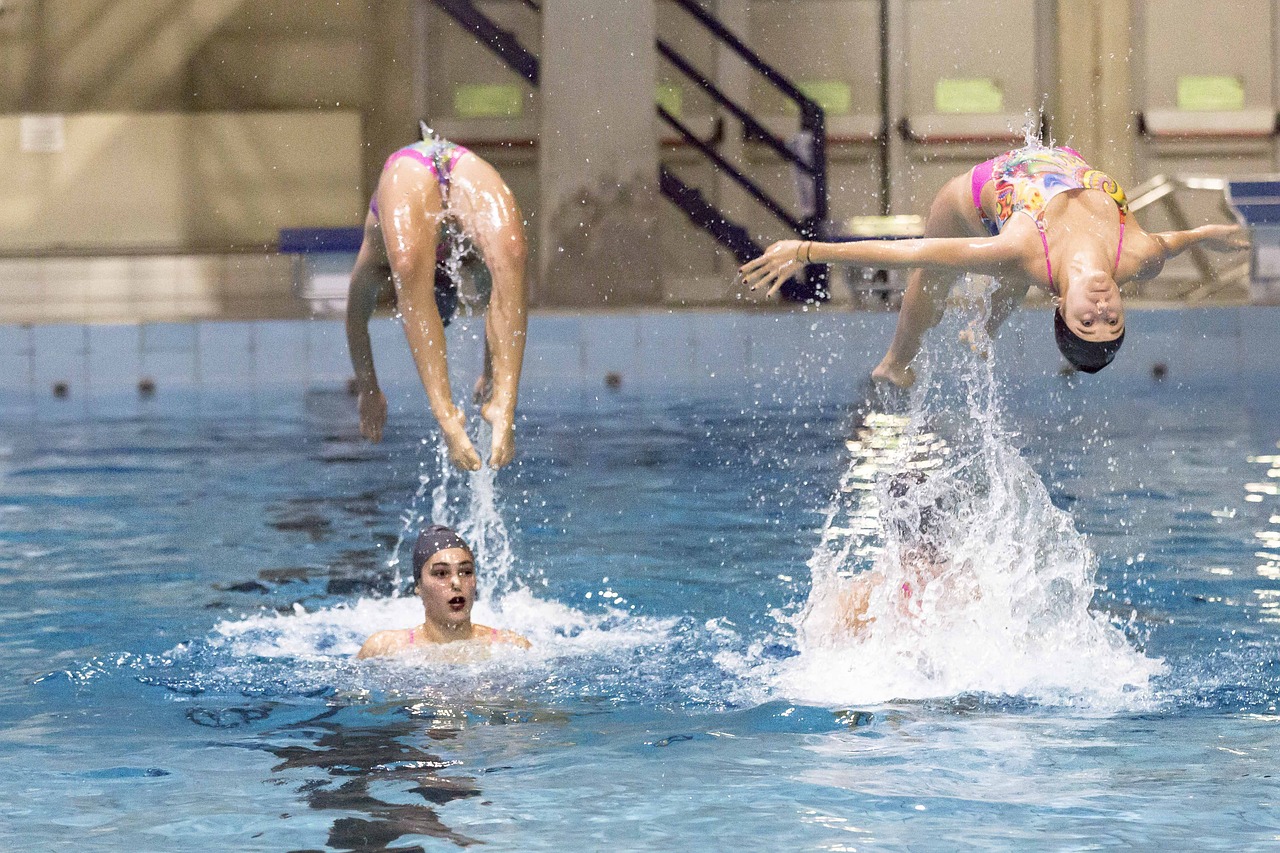The Intricate Dance of Synchronized Swimming: A Deep Dive into Grace Under Pressure
Synchronized swimming, now officially known as artistic swimming, is one of the most challenging sports. It is a marvelous blend of endurance, strength, flexibility, and grace, where athletes perform choreographed routines in water accompanied by music. Artistic swimming is a spectacle that illustrates the power of teamwork and the beauty of precise execution. This article will delve into the history, intricacies, and current trends of this unique water sport.

A Historical Overview of Artistic Swimming
Artistic swimming, originally known as water ballet, has its roots in the late 19th and early 20th centuries. While it was initially a form of entertainment, it gradually evolved into a competitive sport. The first national competition in the USA took place in 1939 and in 1952, it was demonstrated at the Helsinki Olympic Games. The sport finally gained full Olympic status in 1984.
The Rigors of Artistic Swimming
Artistic swimming demands a high level of fitness. Athletes must possess exceptional breath control, strength, and flexibility to perform acrobatic maneuvers and intricate choreography— all while treading water. The sport also requires a keen sense of timing to synchronize movements with teammates and music.
The Art of Teamwork in Artistic Swimming
Unlike other sports, success in artistic swimming depends not on outdoing others, but on blending seamlessly with them. This necessitates an extraordinary level of mutual understanding and cooperation among teammates. The emphasis on unity and harmony in artistic swimming highlights the value of teamwork in achieving common goals.
Current Trends in Artistic Swimming
In recent years, artistic swimming has seen an emphasis on increased athleticism and innovative choreography. The incorporation of elements from other disciplines like gymnastics and dance has elevated routines to new heights. The trend towards more dynamic and daring performances reflects the sport’s continuous evolution.
Real-World Applications of Artistic Swimming
The skills honed in artistic swimming have real-world applications. The discipline and teamwork required can transfer to various aspects of life, from academics to careers. Moreover, the physical benefits of the sport, including improved cardiovascular health, flexibility, and strength, contribute to overall wellness.
Artistic swimming is more than a sport. It’s a testament to human capability, a celebration of harmony, and a demonstration of grace under pressure. Its history, challenges, and current trends reflect the ever-evolving nature of sports, offering a unique perspective on athleticism and teamwork.




